Real results: 3 enterprise projects powered by Reliable Controls
Explore how our technology automates complex enterprise portfolios.




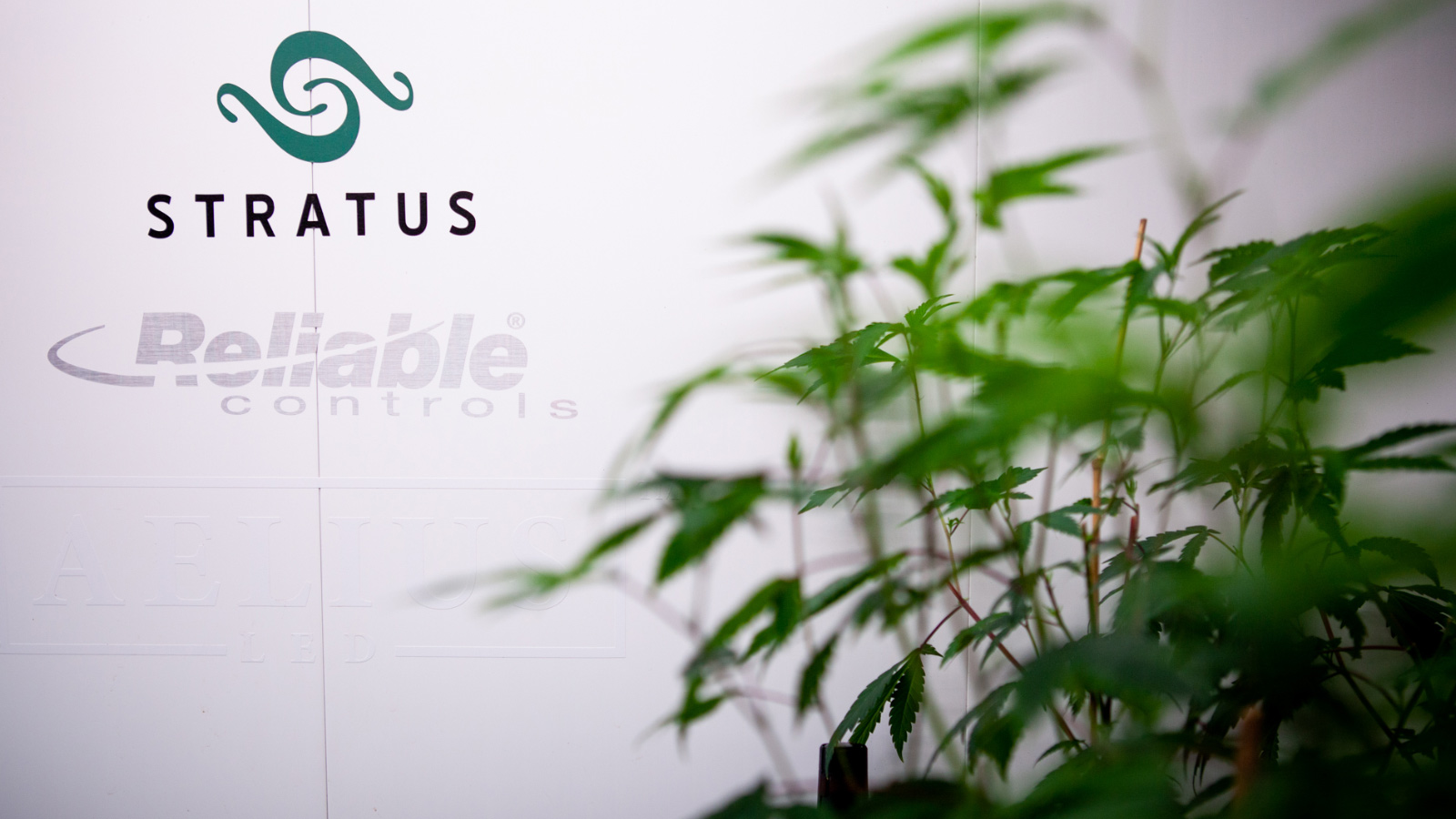
Adam Clarke is the CEO of Stratus Designs, a Reliable Controls Authorized Dealer since 2020, located in BC, Canada. He’s a specialist in engineering building automation solutions for cannabis facilities, indoor/greenhouse food production, and specialty GMP processing facilities. His farm on Galiano Island serves his local community with year-round fresh produce. Adam has worked in HVAC+R for 16 years, contributing to award-winning projects.
The first rule of all growing operations is they’re all different. Whether you’re growing lettuce, flowers, or cannabis, your plants will always be different from your neighbor’s next door. You could grow in rockwool, coco coir, soil, hydroponically, etc. Whatever your method, you’re working with a living plant, and that plant requires specific parameters for optimal growth.
The most important parts of growing plants are plant yield and plant health. If you have big yields and healthy plants, you’re in a position to improve the bottom line. Automation is the one thing most people don’t pay enough attention to when it comes to growing plants.
For many years automation systems have existed for fertigation and other plant-specific aspects of a facility. However, often those systems are proprietary, or they don’t play nice with other controls systems. Greenhouses should be automated in such a way that the operator can access all systems through one interface without the need for integrating many different systems. The ease of the interface is as important as the functionality of the automation. Once a grower is able to do full integration with fertigation, temperature, humidity, CO2, O2, O3, etc., they will be able to reach optimal plant health and yield.
Automation gives farmers the ability to produce consistent, repeatable crops while helping improve efficiency, from both plant-yield and energy-reduction perspectives. Without automation in your growing facility, you’ll spend more money on labor and have less/lower-quality product to sell.
When most companies start to automate their growing facility, they don’t realize what’s available and tend to get stuck in the old way of automating. A few companies have been around a long time in horticulture, and as with many things, they haven’t had a big need to modernize their systems.
When I first got into greenhouse design, I couldn’t convince any of these long-standing companies to allow a BACnet or Modbus interface as they were scared we would “steal” their stuff. The majority of proprietary control in horticulture isn’t that sophisticated in comparison to a large commercial or industrial automation system. Reliable Controls is perfectly suited to run the back end of a greenhouse, and we use it all the time—both in our own facility at Galiano Grow House and through Stratus Designs for our customers.
For horticulture, it’s important to make sure your sensors and other elements are well suited for the environment. Typically, we find the only sensors that survive are the ones rated for full washdown; wipe-down sensors are ill suited for these applications. The best way to avoid control issues in growing is to write in plain words exactly what you want to accomplish. We need sequences tailored for each application and each site. Remember—the only thing growing facilities have in common is they are all different. Don’t assume pre-canned and re-used programing is going to cut it. Plants are living things, which means the automation needs to be dynamic as well.
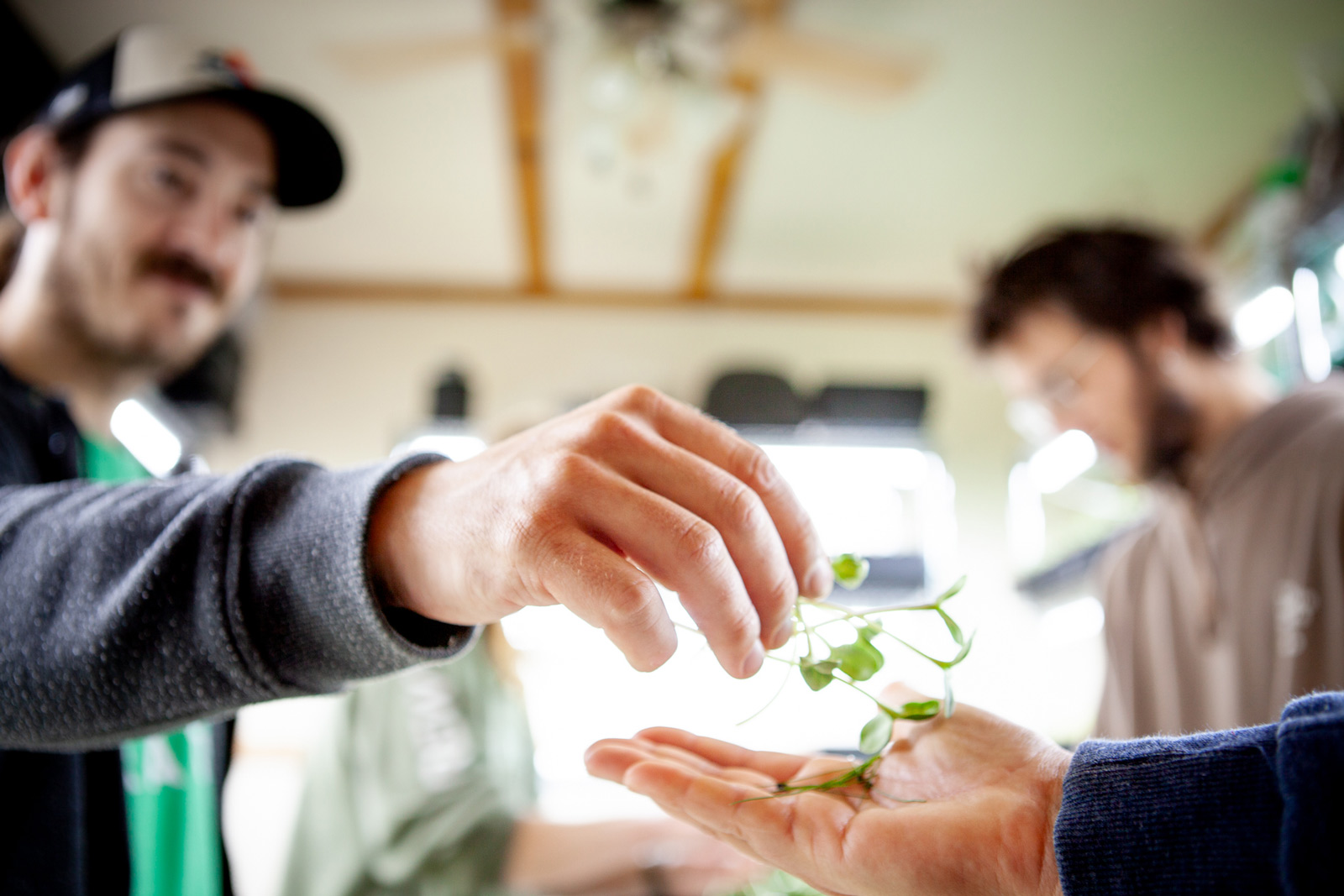
It’s difficult to define the best or worst greenhouse I have ever been in as the best greenhouse is the one that’s best suited for its application and conserves as much energy as it can while still producing an optimum crop. Some plants need only a bit of frost protection, and an uninsulated, unheated greenhouse is fine. Other plants needs an environment with tight control of temperature and humidity so perhaps are never suited for a greenhouse.
The key to any successful greenhouse is to know the environment you need and determine whether you can achieve it. What level of automation will reach that sweet spot of plant yield and optimal plant health? If your crop is temperamental, don’t put it in a bad greenhouse. Likewise, if a crop will grow in any conditions, don’t put it in a greenhouse that is completely climate controlled. You won’t get a proper return on your investment. Greenhouses, like any other structure, need to be built to suit the application they’re intended for.
Understanding energy usage and best-use cases in greenhouses can be very difficult. Energy is not the only thing you need to calculate to determine profitability. To understand the efficiency to up-front capital on a greenhouse growing operation, you need to first understand exactly how the plant in question grows. Can you confirm what every degree of temperature does to that plant growth or how relative humidity affects the growth rate? Without these details you can’t start to calculate energy savings or why to automate.
Less energy doesn’t mean more savings; sometimes we need to increase energy consumption to increase crop yield, which means more money for the company in the end. In growing operations, I think there are more savings on higher plant yields and lower labor costs than in saving energy. If more energy gets more food, or more energy reduces labor costs, perhaps more energy isn’t an issue. Consider we are growing a crop that needs to reach its full potential and needs to be used in society. We aim to deliver top-quality plants at a good price while not wasting energy. We do, however, use the amount of energy required to reach the optimal plant growth. Ultimately, when you have a healthy, happy plant with a higher yield, you use less power per unit of crop.
Interested in taking the first steps to automate your facility? Contact a Reliable Controls Authorized Dealer near you.
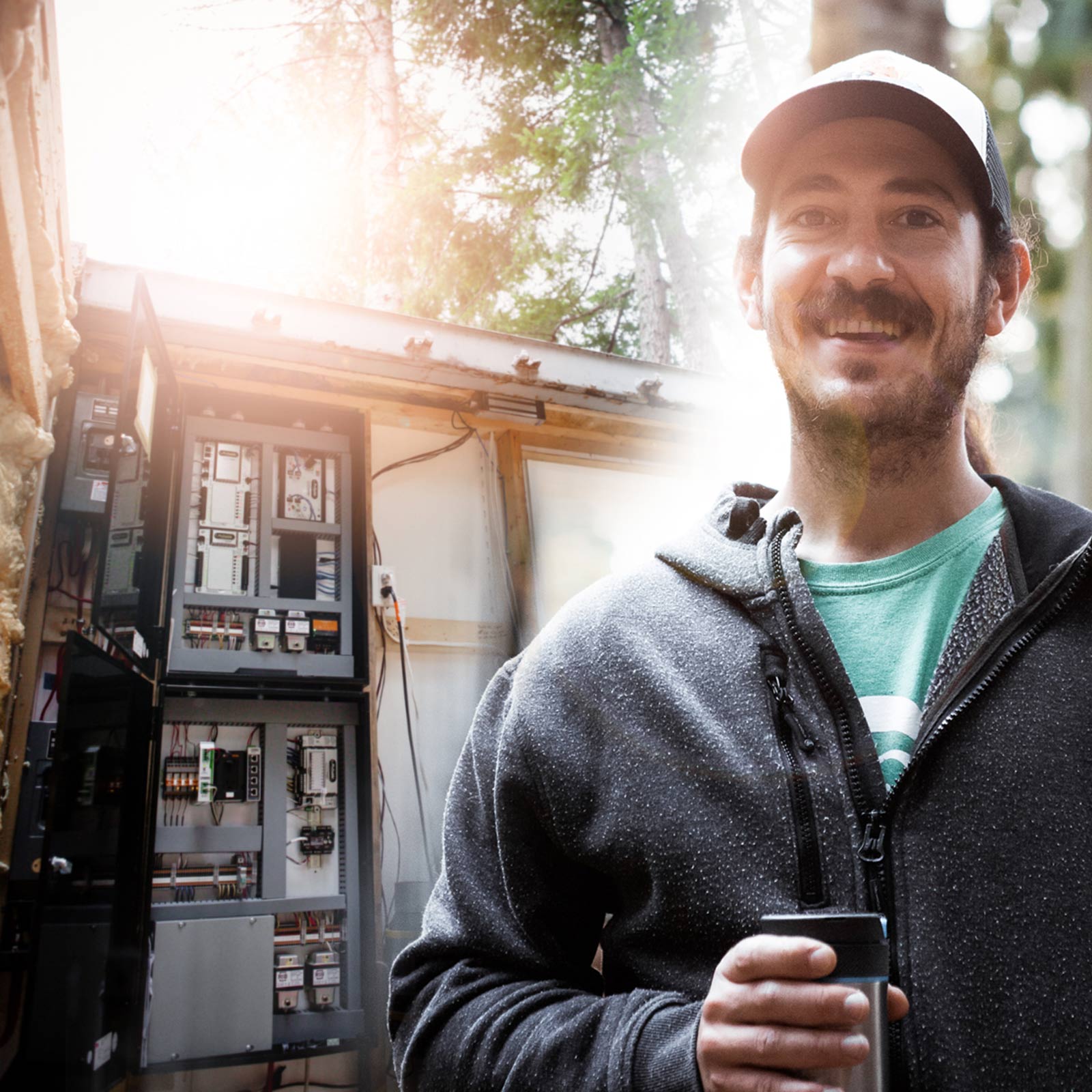

Explore how our technology automates complex enterprise portfolios.
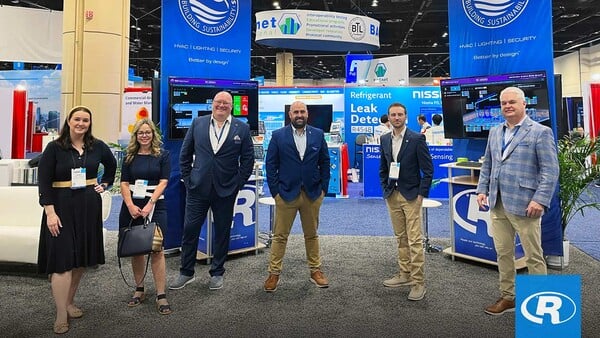
AHR Expo is always a highlight for the Reliable Controls team. Here's what we learned this year.

Learn how we're helping shape an industry where everyone can thrive.
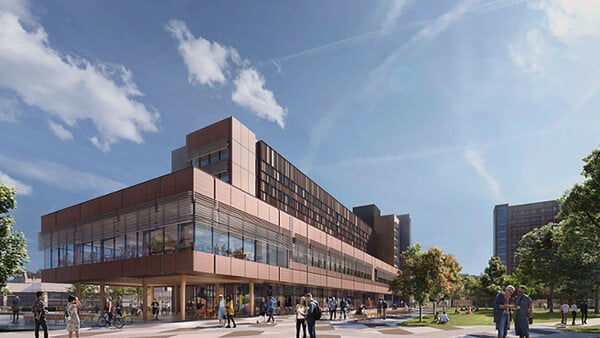
Explore 5 inspiring education projects that showcase the power of people and technology you can rely on.
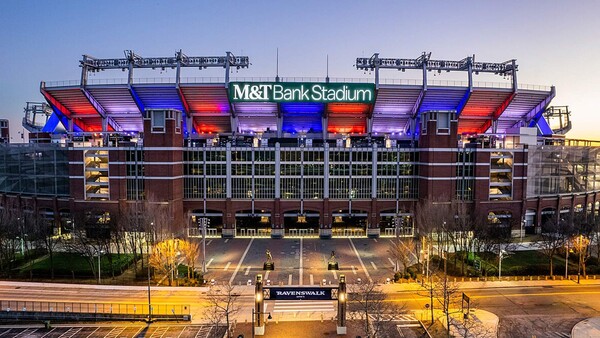
Read about three great sports and wellness venues enhanced by Reliable Controls technology.

Are you a school administrator or facility manager? A fully integrated Reliable Controls solution can empower you to offset your energy costs, create healthy classrooms, and safeguard occupants. Here’s how.
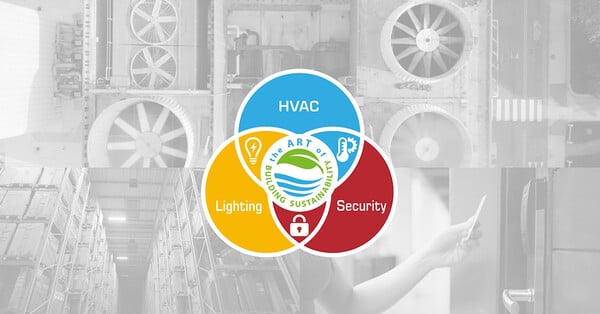
The future of building automation is here! Learn about Ethernet controllers, and discover how the RC-FLEXone will elevate your building’s performance.